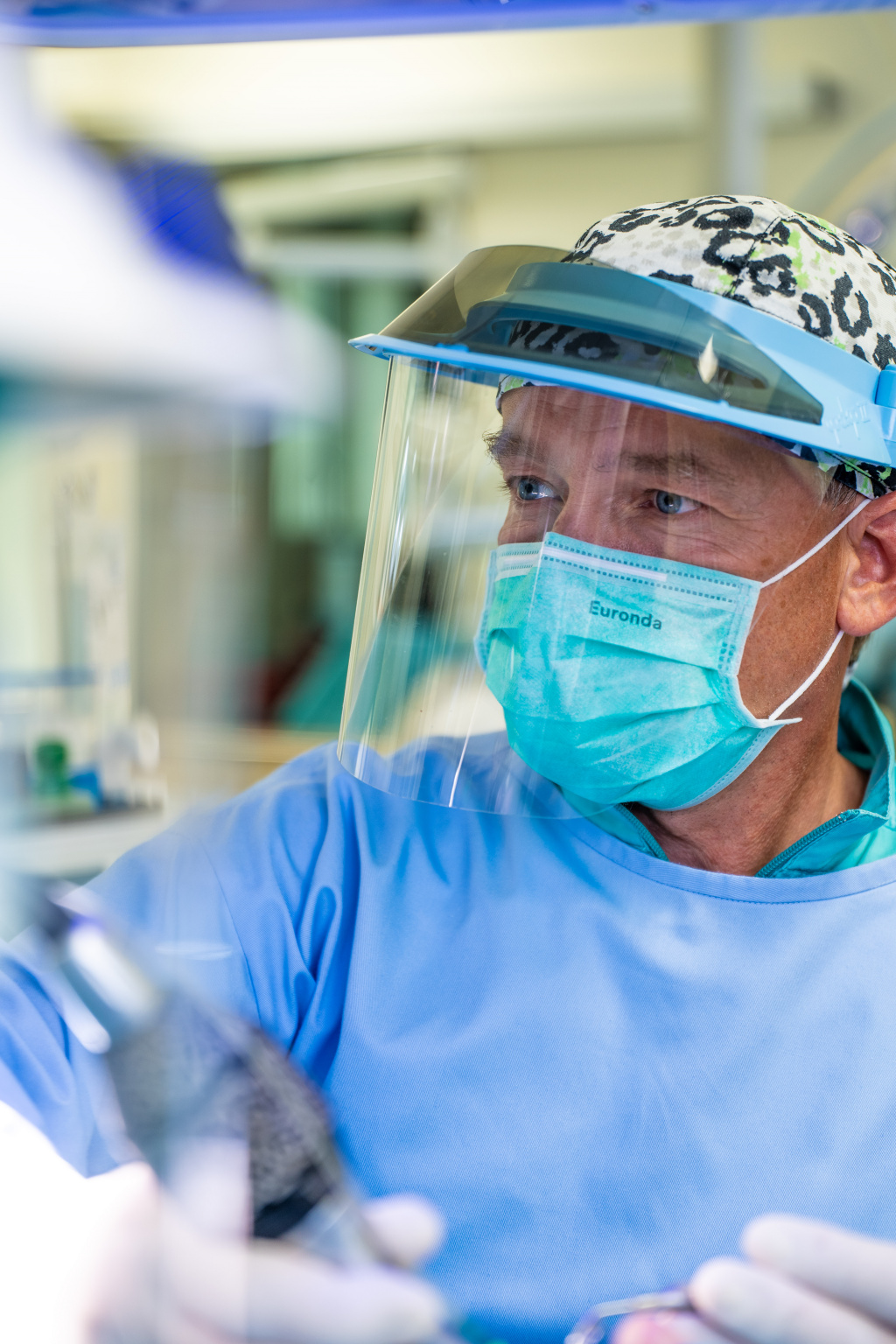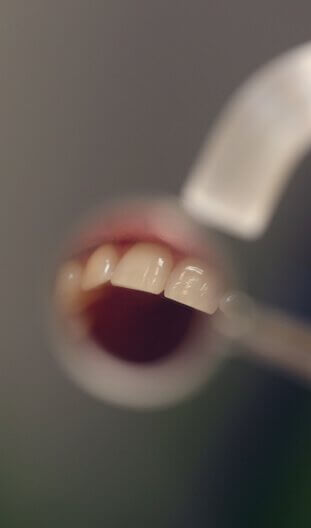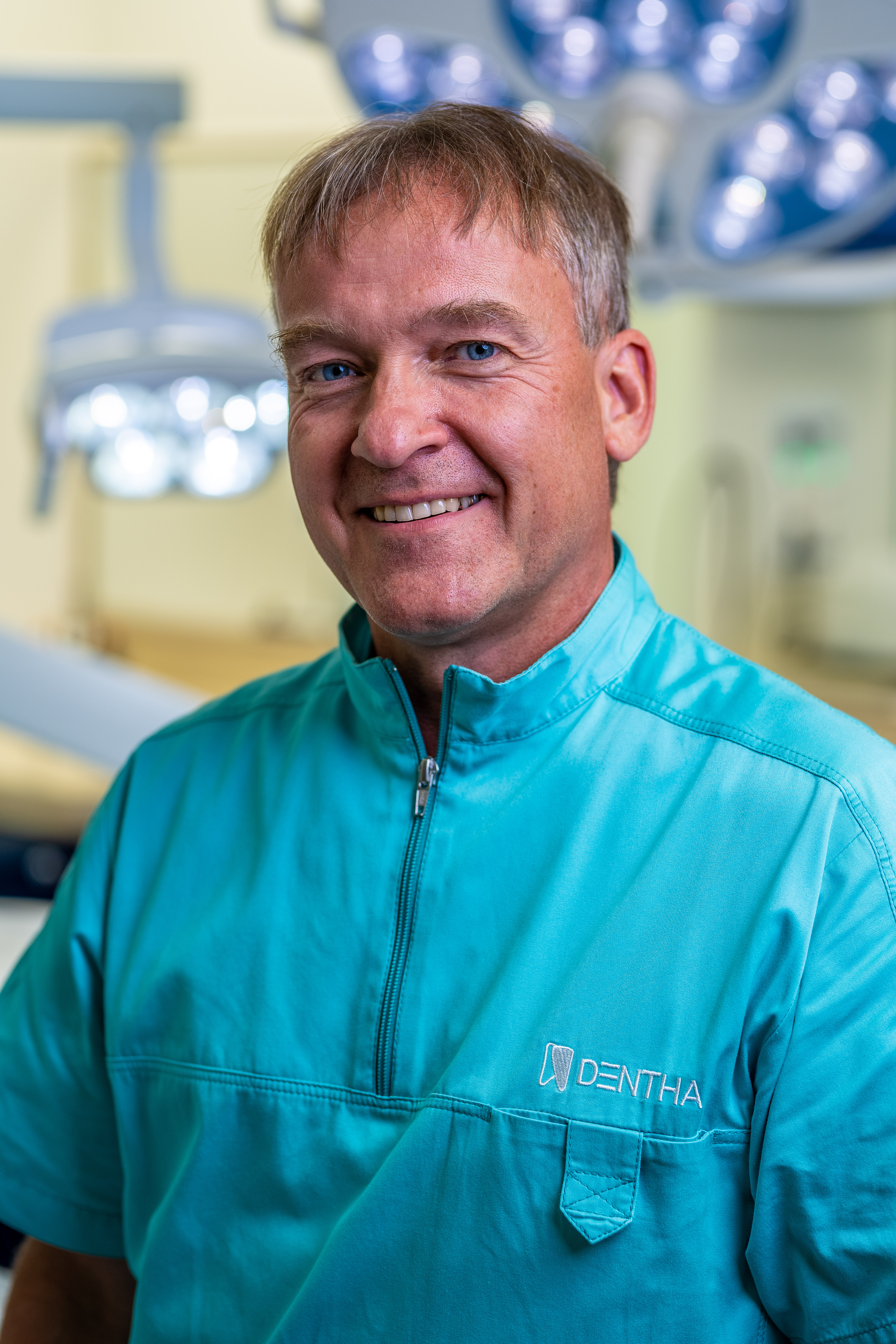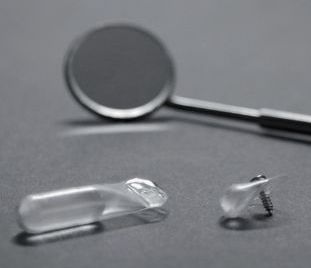Reception: ![]() +36/30 show
+36/30 show
6721 Szeged, Osztrovszky utca 12.
Open every week-day since 1996
Open on week-days from 8 AM to 9 PM
24 578 satisfied customers
Serving you since 1996
Bone grafting is usually performed when the patient does not have enough healthy natural bone matter in the jaw to securely support the dental implants placed by the dentist. Thanks to progress in the field of dental sciences, today’s artificial bone grafting materials make this intervention relatively simple to perform. If the affected area is extensive, we take a bone graft (a bone block) from other parts of the patient’s jaw or from the patient’s hip bone.
vissza a kérdésekhez

Bone grafting and sinus floor augmentation (sinus lift surgery) are performed in our isolated maximum sterility operating room.
Bone grafting surgery involves the following steps:
If the atrophy only affects a limited bone area, implantation may be performed at the same time as sinus lift surgery. If the atrophy affects an extended area of the bone, and large quanti-ties of bone grafting material are needed, the typical healing and osseointegration period be-tween your sinus lift and implant surgery is about half a year.
Are you considering bone grafting surgery? Please call +36 30 206 9532 to ask for a consultation appointment with our dental surgeon Dr. Gábor Benedek.
If even more bone is needed for successful implantation, we take a small bone block from the jaw. The bone block is usually taken either from the corner of the jaw bone or from the internal bone matter of the chin. Your facial features will not show any sign of change once the site of the bone graft extraction regenerates. We perform this intervention in our oral surgery operat-ing room under local anaesthesia, without any pain.
If the chin does not provide an adequate bone graft, we take a small block from the blade of the hip bone and graft it into the jaw. This operation is performed in a hospital environment under general anaesthesia and involves a hospital stay of a day or two. We proceed with im-plantation once the bone graft has healed, which normally takes about half a year.
vissza a kérdésekhez
On the place of the extracted teeth, the jawbone draws within (atrophy), and because of this, many times neither the height nor the thickness of the bone is sufficient for accommodating the implant. In such a case, the best solution is that based on the CT made of You, taking in account the specificities of your bone structure, we plan a tailor-made, 3-dimensional bone block. This provides a perfect fitting on the jawbone. The sterilised and pre-treated human bone block deriving from an authorised Hungarian tissue-bank is adjusted by the computer in accordance with the plans and reshaped for direct insertion. It also provides by a 3D printer the plastic bone block prototype, as well as the patient’s jawbone. Thus, before insertion, Dr. Gábor Benedek odontologist specialist can model and plan the optimal location where to fix the block, and the size of the fixing screws, too. The inserted bone block incorporates with the inborn bone during a period of 6 months and becomes suitable for implant insertion.
Though the planning period is longer, the operation itself is much shorter and less demanding for the patient. The risk of infection is lower, the post-operational recovery is faster. The planification and preparation of the tailor-made, individual bone block is a multi-task project involving a few experts and professionals, therefore it guarantees the most efficient bone substituting procedure.
vissza a kérdésekhezYour bone grafting surgery will be performed by Dr. Gábor Benedek, Senior Dentist at Dentha Dentistry Szeged. Dr. Benedek holds a Master of Science in Implantology and Dental Surgery from Münster University, Germany. He is a specialist in conservative and prosthetic dentistry as well as a dento-alveolar oral surgeon. He performs implantation and oral surgery interventions on a daily basis. He regularly participates at international conferences and other professional events to keep his expertise up to date. He is familiar with and actively uses the least invasive, state-of-the-art solutions available today.
If you would like to consult Dr. Benedek in person about the oral surgery you are about to un-dergo, please call +36 30 206 9532 for a consultation appointment.
vissza a kérdésekhez
If you want a long-lasting prosthesis, you need at least one implant. Usually, the implant is a screw made of titanium, that incorporates with your jawbone during a certain period of osseointegration. Depending on the number of missing teeth, one or more implants are necessary to fix the effective prosthesis (crown, bridge or denture). On the place of the missing teeth -if the state of vacuity lasts for long – the jawbone gradually draws within (atrophy).
Lacking in bone structure available for implant insertion, the bone must be substituted (by increasing its thickness and height). This so-called augmentation can be executed by different methods and materials, for example by inborn bone transplantation or by using bone substituting materials.
Before any bone substituting intervention, we recommend to you our modern, dental hydrogel expander pre-treatment available in Dentha. Please, click here for further details.
vissza a kérdésekhez
In order to determine the extent of bone grafting, we take into account the amount of degradation specified in the literature, which is an average and does not reflect individual differences. It is therefore not possible to exclude that additional bone grafting becomes necessary later.
Subsequent upon improper oral hygiene, prematurely discontinuation of postoperative medication (antibiotics) or other diseases of the body, deformation or excessive absorption may also occur in the bone graft area.
vissza a kérdésekhez